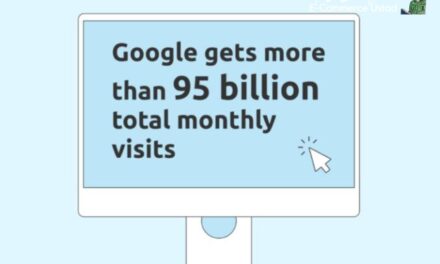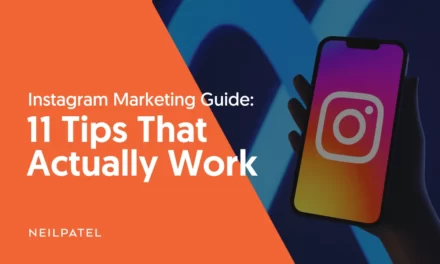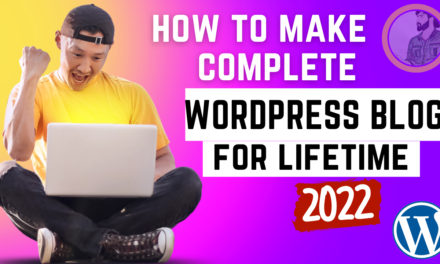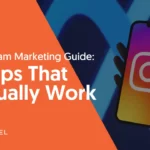
A Step-by-Step Guide to Crafting the Blog Post

Blogging has become an incredibly popular platform for individuals and businesses to share their thoughts, ideas, and expertise with the world. But what exactly is blogging, and why is it so important in today’s digital landscape?
At its core, blogging is the act of creating and publishing content on a blog website. Whether you are passionate about cooking, fashion, personal development, or even parenting, blogging allows you to connect with like-minded individuals and establish yourself as an authority in your chosen niche.
The importance of blogging cannot be overstated. Not only does it provide a creative outlet for self-expression, but it also offers numerous benefits for both individuals and businesses alike.

Understanding Your Target Audience
Now that we understand the essence of blogging, it’s crucial to identify and understand your specific target audience. Every successful blog caters to a specific demographic or group of people, and tailoring your content to resonate with them is key to achieving your blogging goals.
To effectively identify your target audience, begin by analyzing their preferences and interests. Consider demographics such as age, gender, location, and even their online behaviors. This information can help you gain insights into what type of content they are likely to be interested in and how to engage them effectively.
Once you have a clear understanding of your target audience, it’s time to tailor your content accordingly. Speak their language, address their pain points, and provide solutions that are relevant to their lives. Doing so will create a strong connection and establish yourself as a reliable source of information.
Defining Your Blogging Goals
Before diving into the writing process, it’s important to define your blogging goals. Ask yourself: What do you hope to achieve through your blog? Are you looking to monetize your content, build a personal brand, or simply share your knowledge with the world?
Once you have determined your purpose, it’s time to set SMART goals for your blog. SMART stands for Specific, Measurable, Achievable, Relevant, and Time-bound. For example, instead of setting a goal to “increase blog traffic,” a SMART goal would be “increase blog traffic by 20% within the next three months through SEO optimization and social media promotion.”
Measuring the success of your blog is equally important. Track metrics such as website traffic, engagement, and conversion rates to gain valuable insights into how well your content is performing. Use analytics tools like Google Analytics to monitor the progress of your blog and make data-driven decisions to improve its performance.
Planning Your Blog Post
Now that you have a clear understanding of your target audience and define your blogging goals, it’s time to plan your blog post. Start by brainstorming content ideas that align with your niche and your audience’s interests. Consider what unique perspective or expertise you can bring to the table.
Once you have a list of potential topics, choose the most compelling one that you believe will resonate with your readers. Remember, the key to a successful blog post is to provide value and solve a problem for your audience.
Conduct thorough research on your chosen topic to gather supporting evidence, statistics, or case studies that can reinforce your argument. This will not only enhance the credibility of your content but also showcase your expertise on the subject matter.
Crafting an Attention-Grabbing Headline
Your headline is the first thing readers will see, and it can make or break the success of your blog post. To craft an attention-grabbing headline, consider the following key elements:
Be specific: Communicate what your blog post is about concisely and compellingly.
Create curiosity: Use intriguing language or pose a thought-provoking question to entice readers to click and continue reading.
Incorporate power words: Use impactful words that evoke emotion or create a sense of urgency.
Use keywords for SEO optimization: Research keywords that are relevant to your topic and incorporate them strategically in your headline.
By following these techniques, you can create a headline that captures your readers’ attention and improves your search engine optimization (SEO) ranking.
Structuring Your Blog Post
A well-structured blog post is crucial for engaging and retaining reader interest. It should guide readers through your content seamlessly, allowing them to easily navigate and comprehend your message. Here’s how you can structure your blog post effectively:
Introduction: Making a strong first impression
Begin your blog post with a powerful and attention-grabbing introduction. Hook your readers by tapping into their emotions, sharing an interesting anecdote, or addressing a common pain point. Your introduction sets the tone for the rest of your article, so make sure it is captivating and compelling.
Clearly state the purpose of your blog post, addressing the specific problem or topic you will be addressing. This helps set reader expectations and ensures that they understand the value they will gain from reading your content.
Body: Engaging and informative content
In the body of your blog post, deliver on the promises made in your introduction by providing engaging and informative content. Organize your subtopics logically, using headings and subheadings to establish a clear structure.
Incorporate relevant examples, case studies, or personal experiences to support your arguments and provide tangible evidence to back up your claims. This adds credibility to your content and helps readers relate to your message on a deeper level.
Conclusion: Leaving a lasting impact
Wrap up your blog post by summarizing the key points discussed throughout the article. Reinforce the main takeaways and emphasize the value readers have gained from reading your content.
Lastly, provide a call to action that encourages readers to take the next step. This can be subscribing to your newsletter, leaving a comment, or sharing the article with their social networks. By providing a clear call to action, you engage readers further and potentially convert them into loyal followers.
Writing High-Quality Content
When it comes to writing a blog post, it’s important to adopt a conversational and engaging tone. Write as if you are having a friendly conversation with your readers, avoiding overly formal language or jargon.
Utilize storytelling techniques to add depth and personality to your writing. Share personal anecdotes, experiences, or even incorporate fictional narratives to captivate your audience and make your content relatable.
Proofread and edit your writing to ensure clarity and eliminate any grammatical or spelling errors. High-quality content reflects your professionalism and attention to detail, so take the time to review your work thoroughly.
Using Visuals to Enhance Your Blog Post
Incorporating SEO Best Practices
Formatting Your Blog Post
Engaging Your Readers with Effective Writing Techniques
Adding Value with External Resources
Promoting Your Blog Post
Analyzing and Improving Your Blog Post’s Performance
Common Mistakes to Avoid
Summary
In summary, crafting the perfect blog post requires careful planning, understanding your audience, and setting clear goals. By creating engaging and informative content, optimizing for SEO, and utilizing storytelling techniques, you can create a blog post that resonates with your readers and helps you achieve your blogging objectives. Remember to always add value, leverage external resources, and promote your blog post effectively to maximize its impact. Happy blogging!
































Recent Comments